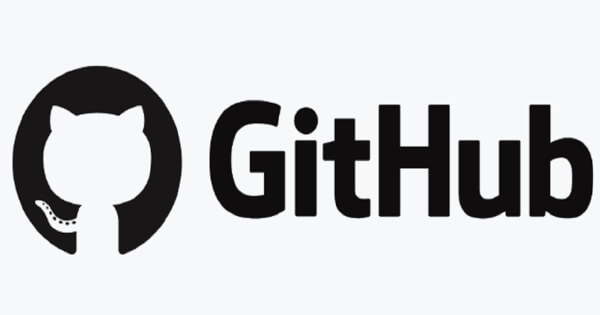While the answer of @Davidson Souza lead me into the right direction, he probably accidentally confirmed a wrong assumption. And I still found it difficult to apply this to reality. So I want to answer my question thinking this is a little more descriptive:
First you should start seeing the version field as a 32 bit integer. The protocol says, that the last (most left) 4 bits have to be 0010. So the version field should at least look like this:
Now a miner can signal readiness for a soft fork proposal by just flipping specific bits. The protocol allows the first (most right) 13 bits to be used for that. For example there's a soft fork BIPn0 that says, that the first (0 -> first in binary is the most right, remember? ;)) may be flipped to show readiness. In reality that looks like this:
That is pretty smart. Why? A miner can individually signal readiness for independent soft fork proposals. Image there are 12 soft forks out there, but the miner only supports 4 of them - I'm just randomly picking here - that's how it would look like:
Eventually, that leaves 16 bits open. That's the space the miner can use as additional search space to find a header hash below the target. So that gives you 2^16 additional values (not 2^24 as I assumed):

You can get bonuses upto $100 FREE BONUS when you:
💰 Install these recommended apps:
💲 SocialGood - 100% Crypto Back on Everyday Shopping
💲 xPortal - The DeFi For The Next Billion
💲 CryptoTab Browser - Lightweight, fast, and ready to mine!
💰 Register on these recommended exchanges:
🟡 Binance🟡 Bitfinex🟡 Bitmart🟡 Bittrex🟡 Bitget
🟡 CoinEx🟡 Crypto.com🟡 Gate.io🟡 Huobi🟡 Kucoin.























Comments